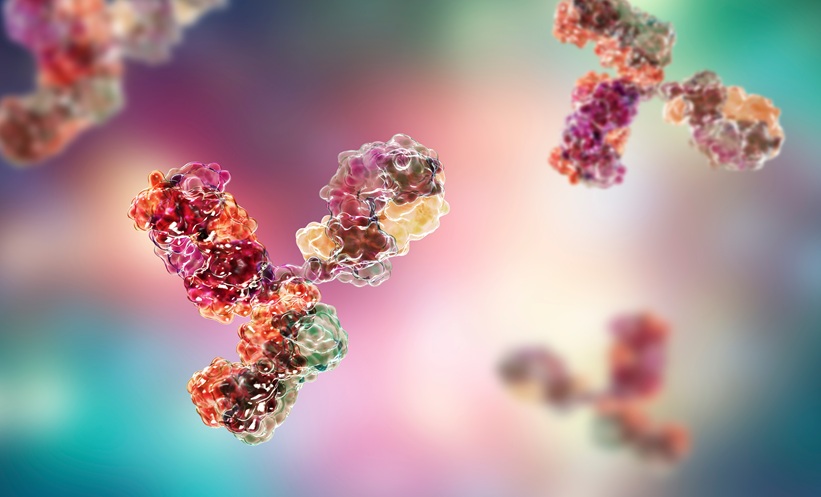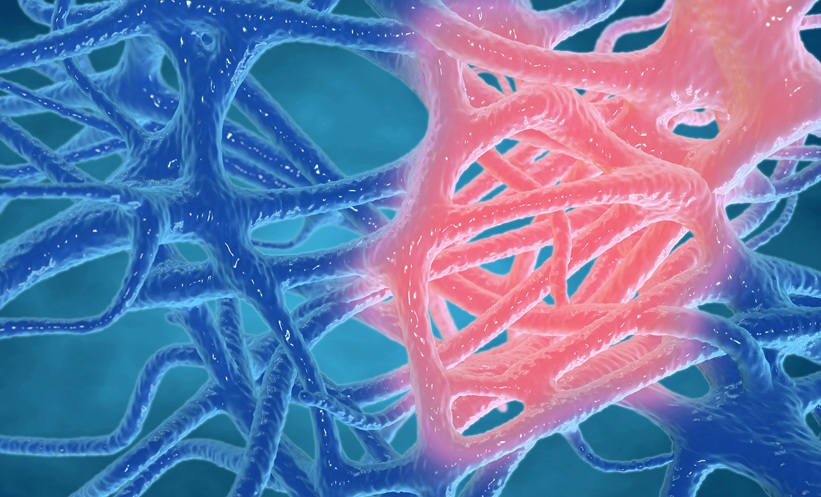A PROTEIN produced by white blood cells, interleukin-33 (IL-33), is a core driver of allergic sensitivity in the lungs of newborns according to the results of a recently published study; this discovery could aid the treatment of allergy and asthma in neonates and young children.
The study’s lead author, Prof Bart Lambrecht, VIB Inflammation Research Centre, Ghent University, Ghent, Belgium, gave a comprehensive summary of their findings, stating: “We have evidence that Type 2 immunity in newborn mice is heavily dependent on IL-33 and not on white blood cells, and that IL-33 enhances the function of immunity-boosting dendritic cells in the newborn lung. Although there are not many dendritic cells in postnatal lungs, they appear to be very efficient at promoting long-term Type 2 immunity.”
The research was carried out in mice models. Newborn mice were exposed to house dust mites initially, and later exposed again in order to stimulate an immune response. It was discovered that those mice exposed to house dust mites on Day 14 demonstrated greater Type 2 immune responses when exposed again, than adult mice initially exposed on Day 3.
It was discerned that Day 14 following birth was the moment at which there was a greater number of Type 2 immune cells present in the neonatal lung compared with the adult lung; furthermore, the Type 2 cells were producing more IL-33. Mice lacking the IL-33 receptor demonstrated a significantly smaller Type 2 immune response. Additionally, it was shown that if mice exposed to house dust mites on Day 14 were given a decoy receptor that bound to IL-33, then the Type 2 immune response to the second house dust mite exposure was greatly reduced, emphasising the role IL-33 plays in the immunity of newborn mice.
Speaking about the applications of this study, Prof Lambrecht commented: “As asthma is a common and sometimes fatal immune disorder to young children, information relating to underlying causes or triggers of the disease could prove critical to therapies that treat it, or even prevent its emergence.”
(Image: freeimages.com)







